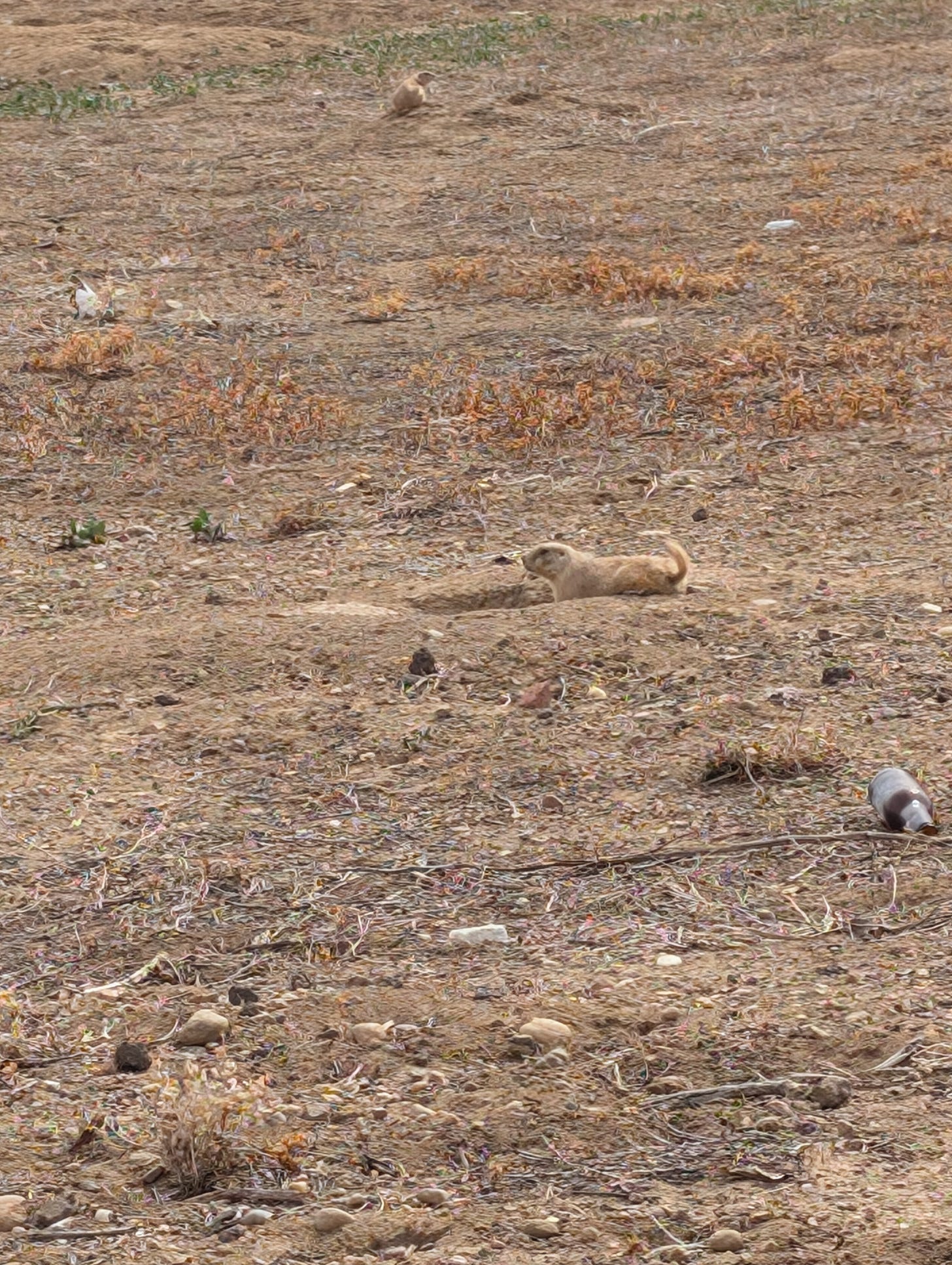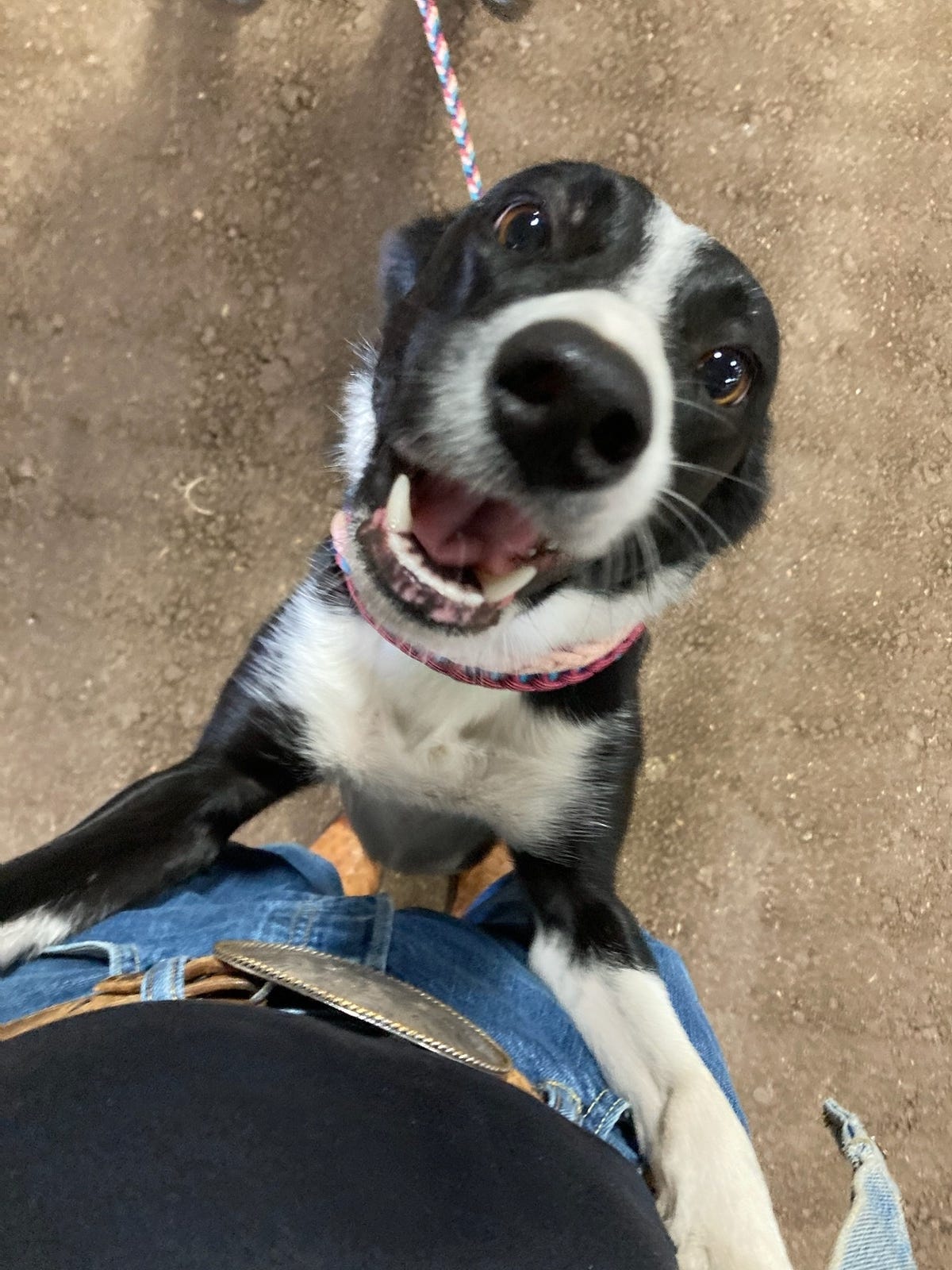As a Thank You to readers here’s a Springing into Spring 25% special offer.

On day two of the national dog agility championships in Tulsa, Oklahoma a wind storm blew in, and not just wind, but dust. The weather app on my phone literally read, “Dust” – I’d never seen that before (and would be great never seeing it again). Soon fine grit was everywhere, seeping through cracks, pelting eyes and ears of humans and canines alike.
Experiencing the High Plains and Midwest region of the United States always triggers a bit of sadness. Certainly part of the reason is the less-than-pleasant family history associated with Oklahoma. Every prior trip I’d made to the state was to deal with family circumstances I’d rather not have been dealing with. A deeper reason though is the enormous scale of destruction of wildlife and ecosystems.
European colonizers first wiped out the buffalo, whose grazing patterns and uniquely-shaped hooves were integral to the health of the vast prairies. Those early Americans also slaughtered indigenous people and pushed remaining survivors off their homelands. The “settlers” then began converting the land. The moment they began plowing up the thick grasslands the Dust Bowl was inevitable. Wind is a regular feature of this vast, mostly flat region and vegetation was the anchor that kept the rich soil in place. Now, mini dust bowls like the one I experienced are a regular occurrence, a way-of-life. Precious, fertile topsoil is continuously blown off the top of fields, plowed up, laid bare, forced open for the next insertion of corn or wheat seed.
Millions of square miles were decimated by rifles, disease, plows, and eventually barbed wire. Today, the vast expanses of open lands might appear wild, even rich, but in truth are scenes of mass destruction. Bison, elk, deer, antelope and wolves have been replaced by cattle being grown for hamburger. Wetlands drained and filled, converted into vast agricultural fields. Ninety-percent of wetlands in the Midwest are gone. With wetlands went the once immeasurably large populations of waterfowl and songbirds. Now it is a greatly and grimly diminished landscape.
The day before I headed toward home, massive dust storms in Kansas led to a pile up of over 70 vehicles, killing eight people and closing the main highway. We humans always pay a price for the destruction of ecosystems, even though we often don’t connect the dots. Though Olive and I found plenty of open spaces, I had to seek out patches of landscaped grass for her to stretch her legs because the ground across the plains is covered in sharp, spiked burrs, that stick hard in paws. These invasive species took off like wildfire when the prairie ecosystem was destroyed.
It's estimated approximately 60 million bison once roamed the Great Plains. By the time the mass killing was over fewer than a thousand remained. Fortunately, over time, environmental understanding grew, Native American tribes found footing, and efforts began to restore some of the plains and prairie lands. Over a decade ago, working together, Tribes and environmental conservation groups such as the National Wildlife Federation and Nature Conservancy began returning bison (also known as American Buffalo) to tribal lands. The Nature Conservancy has established bison herds at 11 of their conservancy sites and those animals have played a vital role in repopulating free-roaming herds on tribal reservations. It’s estimated between 20,000 and 30,000 bison now roam more than a million acres of reservation lands. Another several thousand live in Yellowstone National Park. The Yellowstone herds are especially important genetically because they are descendants of the last free-roaming bison that made it through the colonizers’ slaughter period. Ted Turner owns the largest private herd, approximately 45,000 bison across 15 ranches and manages them as part of ecosystem restoration projects.
In researching for this piece I realized bison restoration projects are also restorative and empowering for Native American peoples and communities. One example is Lucille Contreres, who brought buffalo back to her Lipan Apache tribal lands in Texas. She founded Texas Tribal Buffalo Project with a mission of creating a place where Native peoples could practice culture and heal.
In November 2016 the Eastern Shoshone Tribe welcomed buffalo back to the Wind River Reservation in Wyoming after an absence of over 130 years. This short video (9 minutes) gives a peak into the power of this homecoming.
Jason Baldes, Vice President of the Intertribal Bison Cooperative and Tribal Buffalo manager for the National Wildlife Federation says, “The restoration of buffalo back to our communities opens a new chapter for cultural revitalization and ecological restoration.” Today, the lands of Indigenous Peoples across the U.S. and Canada contain more intact ecosystems than all national parks and nature preserves combined.
Anytime I’m bearing witness to the destruction of sacred nature, I look for pockets of beauty and resiliency. On the trip home, as I was letting Olive stretch, I noticed the beautiful trilling of red-winged blackbirds in a patch of scraggly trees growing beside a litter-strewn convenience store parking lot. Further along, somewhere in Wyoming, I stopped to get a sandwich. As I was getting back into my car someone shrieked at me. A prairie dog colony had set up home in a vacant lot between strip malls and gas stations. Here’s a vid of the cheeky, feisty, resilient little dudes. Prairie dogs are a keystone species in prairie ecosystems as their burrowing, digging and grazing improves soil quality and shapes natural infrastructure.
I blessed the dogs, thanked them for their visit, wished them well then bent, touched the scarred, hard earth and sent a prayer for healing into this planet I adore. Later, on the long trek home, I was grateful to see a couple good-sized herds of pronghorn antelope grazing and resting not far off the interstate. It is my fervent hope that enough pockets of richness and diversity hold on so that when humanity, by choice or force, begins to respect ecological boundaries and wisdom nature will be able to rebound and rebuild to full glory and vitality.
Life With Livvy (AKA Olive or The Amazing Livvy Lane)
After the big trip to Tulsa and the stress of doing agility in such a huge noise and energy environment, the local trial at Bend Agility Action Dogs (BAAD) was just the thing. Olive got to visit with and smile at all her familiar agility friends (the humans, not the dogs – she doesn’t consider her own kind friends). And we just got to play our sport together.
Here’s a vid of our first-place Speedstakes Champ level run.
We’re also doing a lot of resting, trails running, light practices and general decompression stuff. Our next really big event will be the UKI Canadian Open in August.
Much love everyone. Keep on keepin’ on dreaming, praying and working toward a world that works better for all beings.
Cylvia





Powerful writing. So vivid, it brings to life the scenery of bygone years.
Love your travel journal summary. If interested in experiencing indigenous perspective in a spiritually meaningful context, I highly recommend Kent Nerburn’s Neither Wolf nor Dog trilogy. For American homesteader experience I found the PBS Real Laura Ingalls Wilder special a fascinating contrast of one family’s lived experience and what America would “buy” to provide an author a living wage.